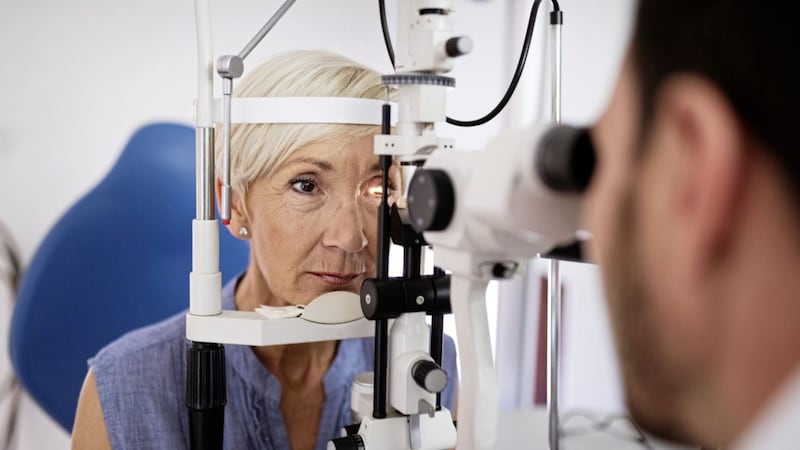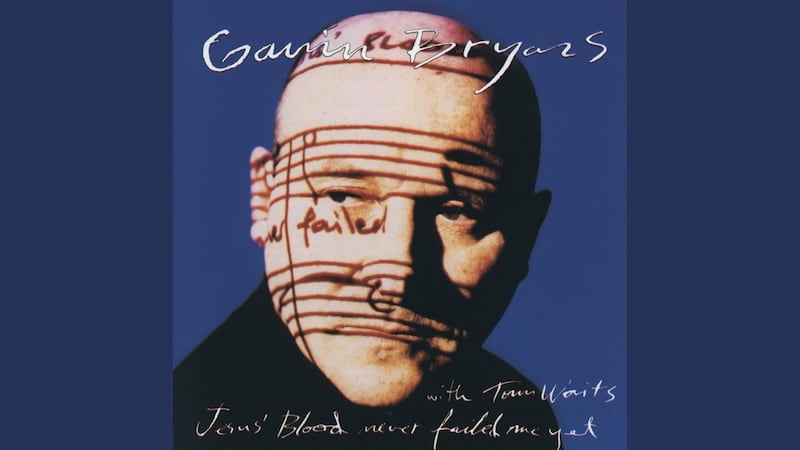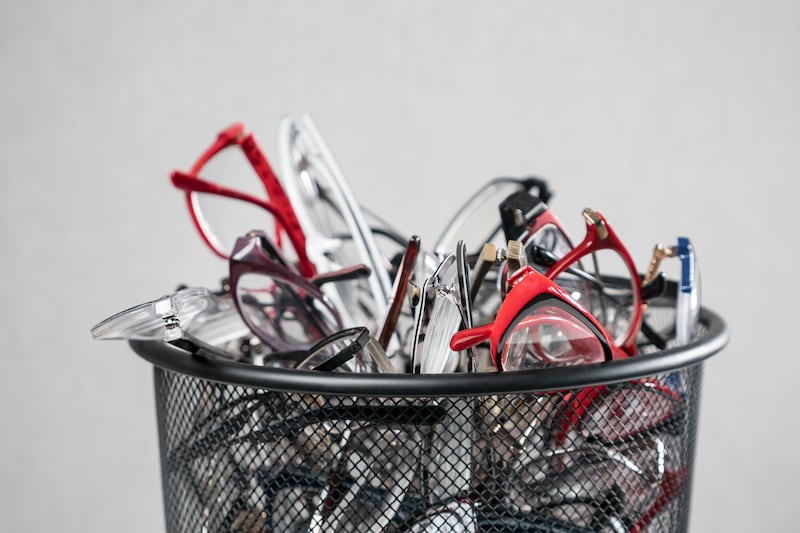FOR as long as she can remember, chartered accountant Dawn Hopper has had issues with her eyes. The 40-year-old from Co Donegal, who lives with her husband in Crumlin, Co Antrim, wore strong prescription glasses from an early age, due to weak eye muscles and poor vision.
In 1998 Dawn underwent her first retinal detachment surgery. There were no more operations until 2012 but since then, she has had a further 13 operations on her eyes, including several more for retinal detachment, cataracts and scleral fixations.
As a result of so much surgery, Dawn's eyes are badly damaged. Five years ago she was diagnosed with glaucoma in both eyes. Last November she was registered blind and is currently going through long-cane training to help give her back some independence.
January is Glaucoma Awareness Month and Dawn is keen to encourage people to keep their appointments with their opticians, as glaucoma can be picked up in a routine check.
Glaucoma is a group of eye conditions that damage the optic nerve, the health of which is vital for good vision. It can't be cured and vision that has already been lost cannot be restored. But further sight loss can be prevented via medication (special eye drops) or surgery.
Unlike Dawn's case, the damage is often caused by an abnormally high pressure in the eye. At present, 18,200 people in the Northern Ireland are living with glaucoma. That number is expected to rise by 22 per cent between 2020 and 2030.
Glaucoma is one of the leading causes of blindness for people over the age of 60 but Dawn points out that she is proof younger people can suffer from it too.
“The thing with glaucoma is that without treatment, it will deteriorate,” says Dawn. “Treatment isn't guaranteed to save sight but it will slow down loss of vision. If someone has glaucoma and does nothing about it, they will lose their sight. Once the optic never is damaged, it can't be repaired.
“Glaucoma is often thought of as being something only older people get but it can happen to younger people like myself. Sometimes young people just think their eyes are blurry because they've been on the computer too much. And maybe there's a stigma too because it's associated with old people.
“But the best thing you can do is go and see your optician. If your eyes don't feel right and you have glaucoma, you can accept the way things are, start the treatment and try and make the best of the situation.”
As a result of the glaucoma, Dawn has little to no vision in her right eye, except for a pinpoint which allows her to see hand movement only. She has tunnel vision in her left eye with occasional blurriness if she concentrates for too long. Her depth perception is warped, which means surfaces which look flat to her often aren't and she can bump into things or trip over them. This is where the long-cane training came in.
“In my own home I know where I'm going and I know where everything is,” she says. “But when I go somewhere new I have to be extremely careful that I don't bump into someone or something.
“Having some sight in my left eye enables me to watch television and get out and about to certain degrees. But I'm constantly concentrating and thinking about where I am and what I'm doing.”
Dawn, who has low-tension glaucoma, says the sight in her right eye deteriorated greatly over the past two years. Until then, she had been working full-time but the sight loss forced her to give up her job. No longer able to drive either, she has also had to give up regular trips home to Donegal.
This has been particularly difficult during the Covid pandemic and lockdown, when she needed the support of her family more than ever.
She can still get out and about with the help of her husband and community transport and she has learned to make the most of adaptive technology. The RNIB has also provided great support since she was registered blind, encouraging her to join their walking groups, clay modelling class and to partake in the long-cane training course.
She has also undergone Living with Sight Loss courses and says the charity has helped her get some of her independence back. And she says no matter how perfect you think your eye sight is, keep up to date with regular tests.
“The only way glaucoma is picked up is by an optician. It's a very slow disease and you may not notice things are getting out of focus,” Dawn says.
“It can happen to anyone, at any age. I was in my late 20s/early 30s so it is vital you go and get your eyes tested, even more so if you think your eyes are perfect. Only an optician can detect glaucoma so don't leave it too late.”
Angela O’Kane, Eye clinic liaison officer service manager for RNIB in the north, reiterates Dawn's call for people to attend their regular eye appointments.
“It is vital that people attend their opticians at least every two years as recommended," Angela says. "Glaucoma is just one of many eye conditions that can be detected at these routine appointments. The problem is that in most cases, glaucoma is asymptomatic until the later stages.
"Glaucoma is an eye condition where your optic nerve is damaged by the pressure of the fluid inside your eye. This may be because your eye pressure is higher than normal, or because of a weakness to your optic nerve.
"Your eye needs a certain amount of pressure to keep the eyeball healthy and in the right shape, but if the pressure is too high, it can cause your optic nerve to become damaged at the point where it leaves your eye. This damage is called glaucoma.”
For more information visit rnib.org.uk/northern-ireland
GLAUCOMA FACTS
:: Glaucoma is a common eye condition where the optic never, which connects the eye to the brain, becomes damaged. It is usually caused by fluid building up in the front part of the eye, increasing pressure inside the eye.
:: It can lead to a loss of vision if not diagnosed and treated early.
:: Glaucoma does not usually cause symptoms to begin with but tends to develop slowly over many years, affecting the edges of your vision (peripheral vision) first. For this reason, many people don't realise they have it and it's often only picked up in a routine eye test.
:: If you do notice any symptoms, they might include blurred vision or seeing rainbow-coloured circles around bright lights. Both eyes are usually affected, though it may be worse in one eye.








